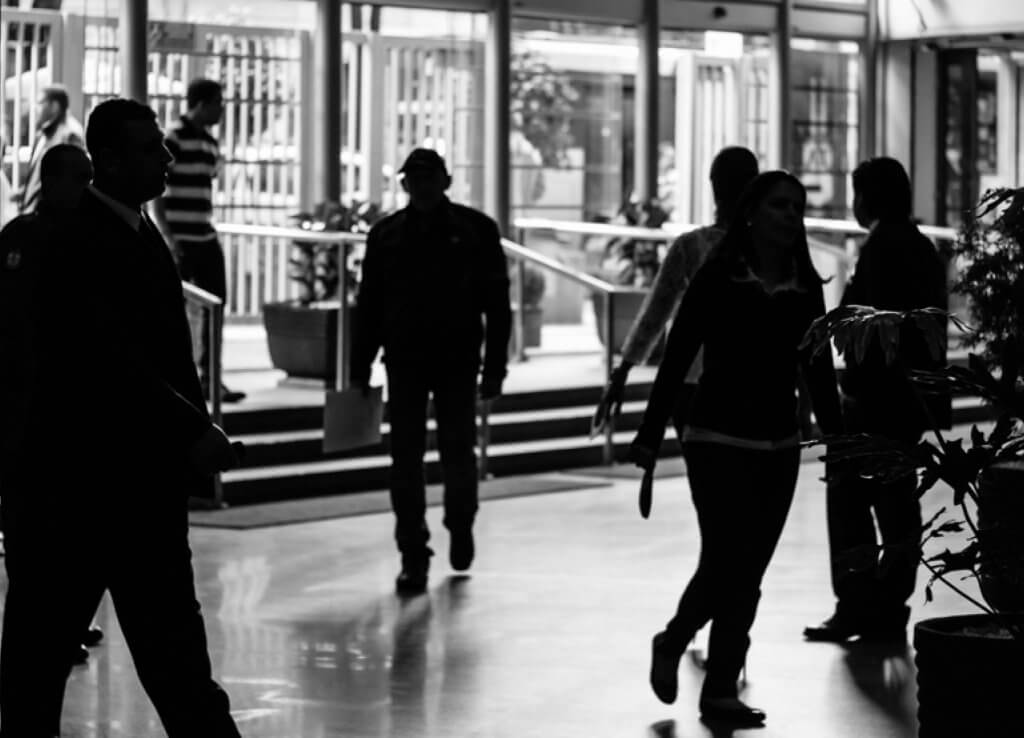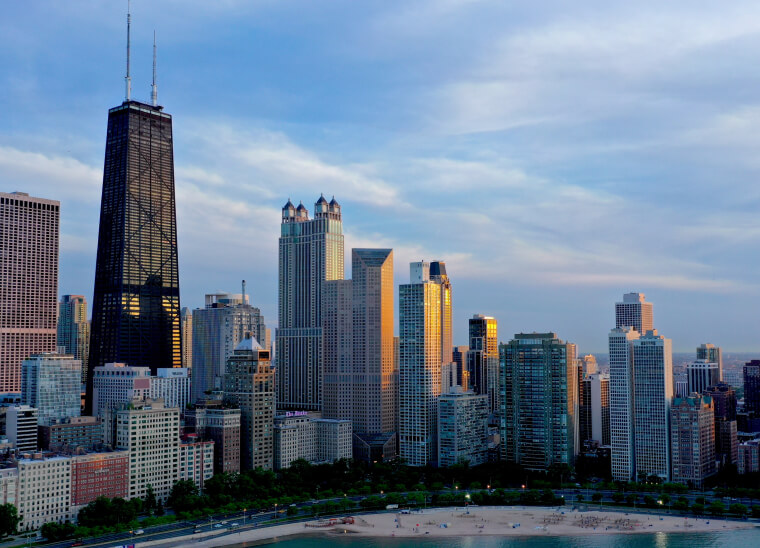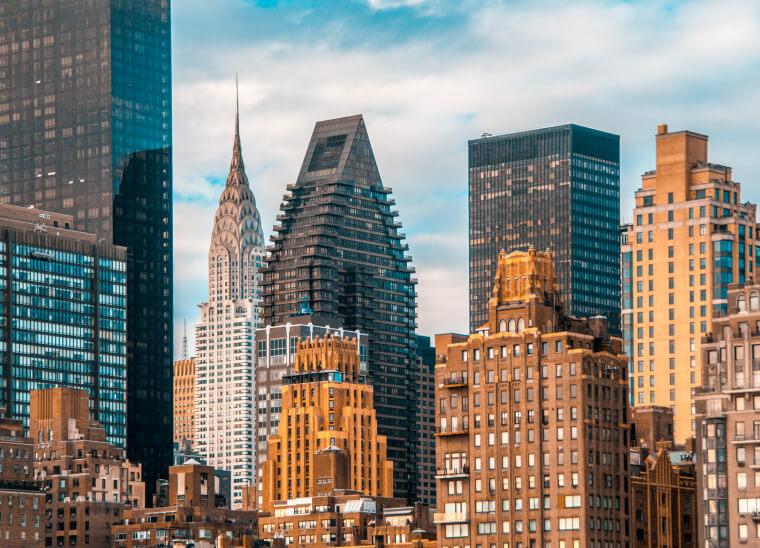Welcome to the healthcare world, commercial real estate professionals!
As the country gradually opens in the wake of the pandemic, you’ve probably inherited a new job — keeping all tenants in your building safe.
Each tenant (and their employees) will expect comprehensive plans from you to minimize risk — inside and outside of their own office. Like it or not, you’ll need to embrace a healthcare-first mindset and operate as a trusted partner to reopen your buildings successfully.
Progressive landlords are even using this time to build a longer-term asset management strategy — going above-and-beyond the standard medical protocols to further differentiate themselves as a true service provider in their markets. They believe the best offense is now a great defense.
Below, we’ve compiled the best reopening advice around the commercial real estate industry, along with additional guidance from our team of medical directors, who are working with landlords and property managers around the country. We hope that these latest tips will help you reassure nervous tenants, develop more robust building protocols, and create a safer environment on an on-going basis. For more in-depth best practices, download our free guide Returning to Work Safely: Medically-Validated Approaches to COVID-19.
A Great Defense Inside the Building
- Ventilate. The World Health Organization (WHO) published a statement on July 7th, 2020 expressing that aerosolized transmission “cannot be ruled out” for COVID-19. If you have demand-control ventilation controls that reduce air supply based on temperature or occupancy, disable them. Ongoing air quality monitoring is a must, but also consider upgrading your air filtration systems with MERV-13 & bipolar ionization solutions. Portable high-efficiency particulate air (HEPA) filtering fans should be used in all shared facilities, especially in the restrooms.
- Inspect other core building systems. Especially if your building has been closed for any length of time, inspect the physical condition of mechanical systems, plumbing, potable water, fire prevention systems, and drains. Shutdowns or reduced water usage can lead to mold and Legionella, the origin of Legionnaires’ disease.
- Develop stricter daily cleaning procedures. Use EPA-approved disinfectants to clean high-touch surfaces like elevator buttons, registration desks, workstations, keyboards, telephones, handrails, printer/copiers, drinking fountains, and doorknobs.
- Overcommunicate visually. To minimize the risk among social interactions in buildings with larger populations, generously post signs and reminders providing instructions on hygiene, COVID-19 symptoms, and cough and sneeze etiquette. Make sure to include signs for non-English speakers too. Once people enter the building, floor tape and other visual cues should explain how to navigate your lobby and other common areas.
- Use independent risk assessments in each area of the building. Use of masks and other personal protective equipment (PPE) is important, but “one size fits all” PPE usage and temperature scan policies will not be effective. Instead, assess the risk profile based on the level of interaction with building staff tenants throughout the day among the range of high traffic or low-traffic areas. For example, people working independently at a desk don’t necessarily need to wear masks all day, but a person who frequently interfaces with others in common spaces, such as lounges, should wear a mask at all times.
- Reduce the number of high-touch surfaces. AIOP, the Commercial Real Estate Development Association recommends installing automatic doors and keycard or ID badge triggered elevators to allow people to come and go hands free.
A Great Defense Outside the Building
- Virtual health check-ins. Partner with a healthcare provider to give tenants additional options to access appointments over the phone or via video chat to help them decide whether or not it’s safe to come to the workplace. For these screenings to be successful, offer building protocols and communications programs that help tenants make employees feel safe disclosing any symptoms.
- Active monitoring. Encourage tenants to begin programs with their healthcare provider that allow people to test and/or report how they feel each day to determine if additional medical intervention is needed. This should extend to people with sick family members or roommates to account for all possible illness scenarios.
- De-densification. JLL advises employers to stagger start times, shift times, and break times to reduce the density of people in common areas. If tenants plan to accommodate both morning and evening shifts, ensure they are supported with security and concierge needs during non-peak hours.
- Streamlined visitor management. Provide visitors with building procedures and a contact number for security ahead of time, so they can allocate enough time for the extra registration steps.
Going Above and Beyond
Top tenants simply won’t be comfortable bringing their people back and committing to long lease terms without concrete safety plans. It’s led landlords to start proactively seeking healthcare partners to provide the next set of amenities and services for their tenants. Why? We hear that top tenants are expecting additional medical services as part of their longer-term office plans.
What was once considered a headquarters perk is quickly becoming a highly sought after building amenity, especially for building populations of 5,000 or more people. This usually starts with a dedicated medical director for the building, but often includes the buildout of a private, onsite health clinic as well as 24/7 telemedicine services for their staff and tenants.
To learn more about how we’re partnering with landlords to meet these new needs, please take a look at our new landlord solutions page.





